Two decades ago, the nanotechnology revolution avoided stumbling by bringing a wide range of people to the table to chart its development. The window is closing fast on AI following suit.
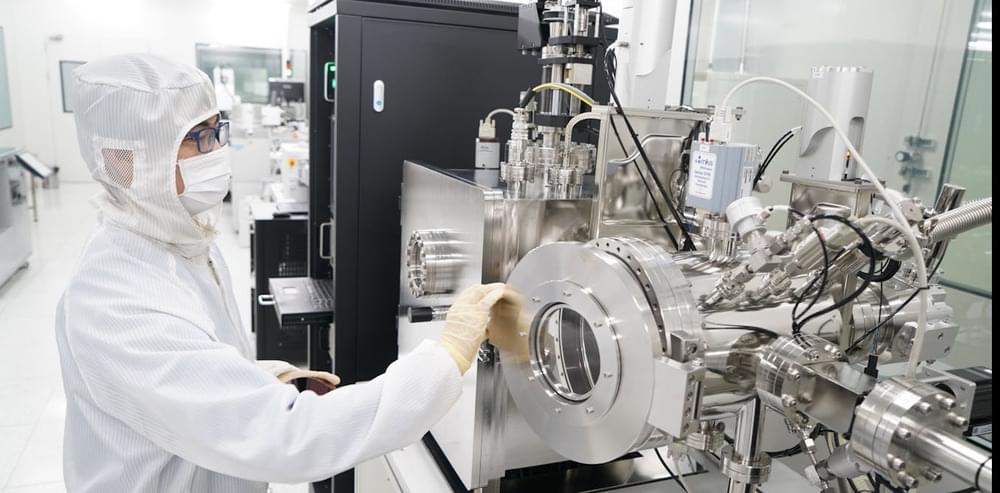

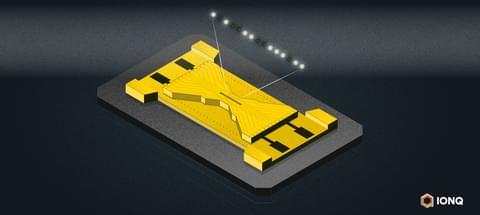
It’s been a busy week for IonQ, the quantum computing start-up focused on developing trapped-ion-based systems. At the Quantum World Congress today, the company announced two new systems (Forte Enterprise and Tempo) intended to be rack-mountable and deployable in a traditional data center. Yesterday, speaking at Tabor Communications (HPCwire parent organization) HPC and AI on Wall Street conference, the company made a strong pitch for reaching quantum advantage in 2–3 years, using the new systems.
If you’ve been following quantum computing, you probably know that deploying quantum computers in the datacenter is a rare occurrence. Access to the vast majority NISQ era computers has been through web portals. The latest announcement from IonQ, along with somewhat similar announcement from neutral atom specialist QuEra in August, and increased IBM efforts (Cleveland Clinic and PINQ2) to selectively place on-premise quantum systems suggest change is coming to the market.
IonQ’s two rack-mounted solutions are designed for businesses and governments wanting to integrate quantum capabilities within their existing infrastructure. “Businesses will be able to harness the power of quantum directly from their own data centers, making the technology significantly more accessible and easy to apply to key workflows and business processes,” reported the company. IonQ is calling the new systems enterprise-grade. (see the official announcement.)


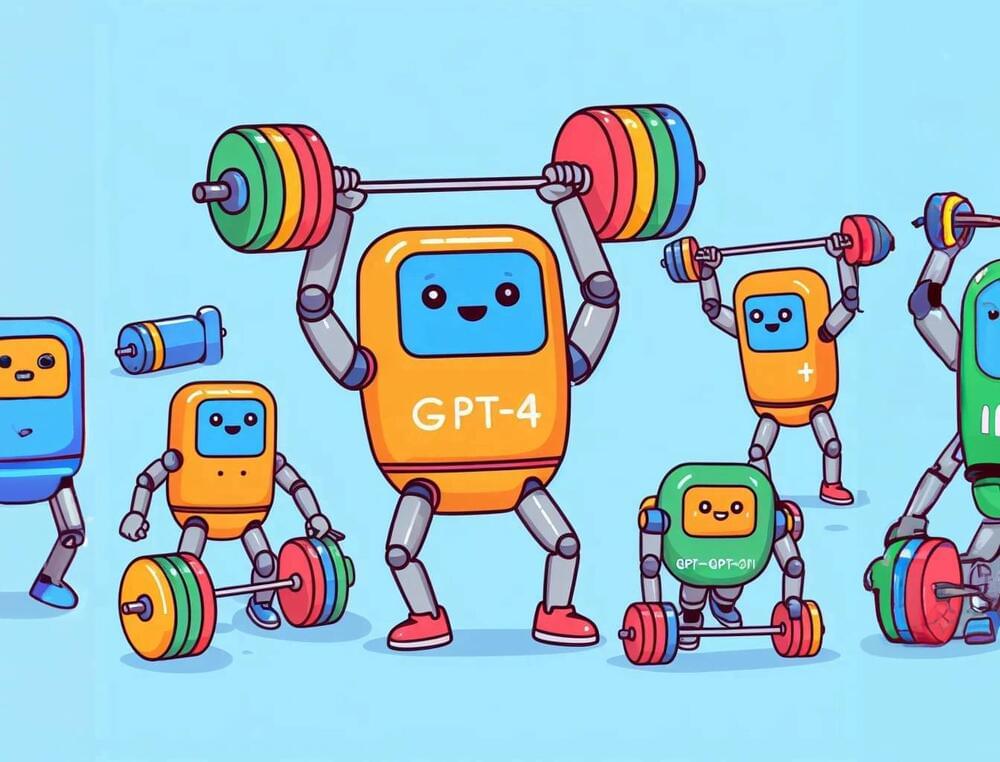
Benchmarks are a key driver of progress in AI. But they also have many shortcomings. The new GPT-Fathom benchmark suite aims to reduce some of these pitfalls.
Benchmarks allow AI developers to measure the performance of their models on a variety of tasks. In the case of language models, for example, answering knowledge questions or solving logic tasks. Depending on its performance, the model receives a score that can then be compared with the results of other models.
These benchmarking results form the basis for further research decisions and, ultimately, investments. They also provide information about the strengths and weaknesses of individual methods.

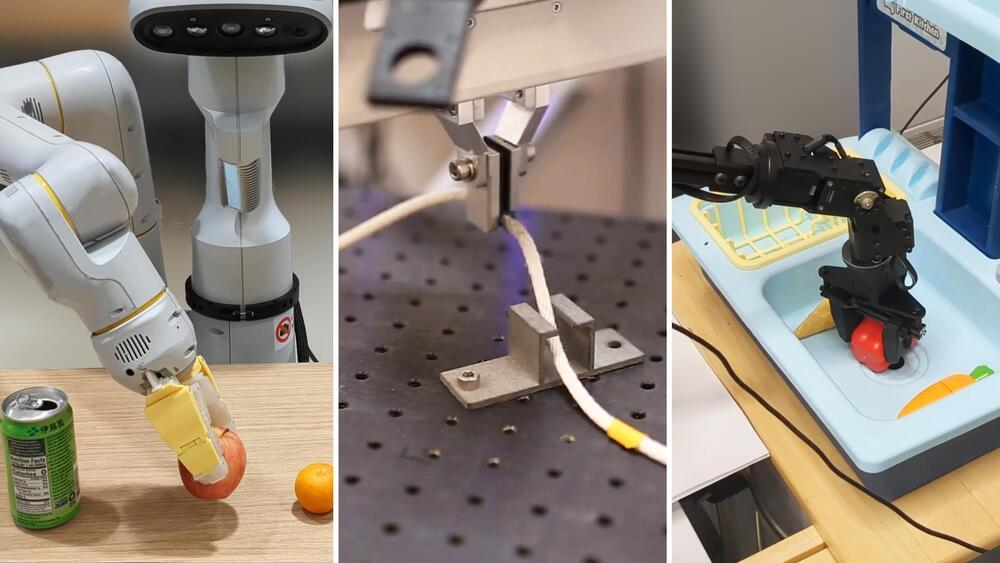
Robots are great specialists, but poor generalists. Typically, you have to train a model for each task, robot, and environment. Changing a single variable often requires starting from scratch. But what if we could combine the knowledge across robotics and create a way to train a general-purpose robot?
Today, we are launching a new set of resources for general-purpose robotics learning across different robot types, or embodiments. Together with partners from 33 academic labs we have pooled data from 22 different robot types to create the Open X-Embodiment dataset. We also release RT-1-X, a robotics transformer (RT) model derived from RT-1 and trained on our dataset, that shows skills transfer across many robot embodiments.
In this work, we show training a single model on data from multiple embodiments leads to significantly better performance across many robots than those trained on data from individual embodiments. We tested our RT-1-X model in five different research labs, demonstrating 50% success rate improvement on average across five different commonly used robots compared to methods developed independently and specifically for each robot. We also showed that training our visual language action model, RT-2, on data from multiple embodiments tripled its performance on real-world robotic skills.
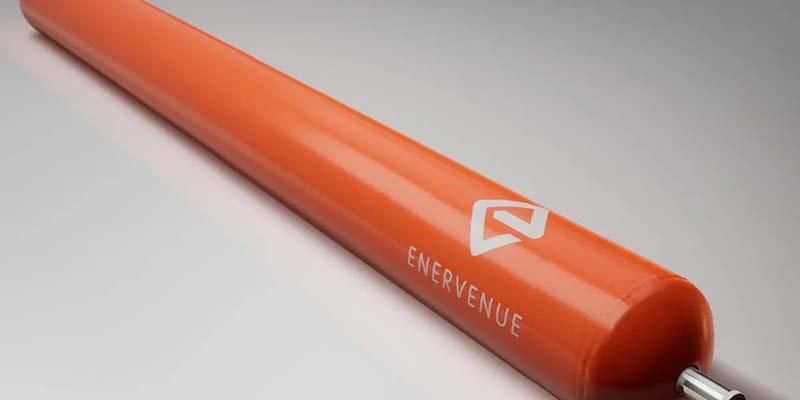

In what may be one of Earth’s craziest forms of mimicry, researchers have discovered a new species of rove beetle that grows a termite puppet on its back to fool real termites into feeding it. The replica is so precise, it even mirrors the termites’ distinct body segments and has three pairs of pseudoappendages that resemble antennae and legs.
Rove beetles (family Staphylinidae) are already infamous in the animal kingdom as masters of disguise. Some, for example, have evolved to look like army ants, allowing the beetles to march alongside them and feed on their eggs and young.
The new beetle species (Austrospirachtha carrijoi)—found beneath the soil in Australia’s Northern Territory—emulates a termite by enlarging its abdomen, a phenomenon known as physogastry. Evolution has reshaped this body part into a highly realistic replica of a termite (as seen above), head and all, which rides on top of the rest of the beetle’s body. The beetle’s real, much smaller head peeks out from beneath its termite disguise, the authors report this month in the journal.

I WOULD SUSPECT IF WE CAN GET OFF THIS PLANET AND FIND SOMEWHERE MORE HABITABLE, THAT WOULD BE MORE PREFERABLE.
The world’s land masses are, a new super-charged climate model suggests, going to form into one giant supercontinent — and if humans manage to survive the shift, we will become like the inhabitants of Arrakis, the desert planet at the heart of the “Dune” series.
A new study led by researchers at the University of Bristol and published in the journal Nature Geosciences predicts that over the next 250 million years, the continents will shift to form what they’re calling “Pangea Ultima,” an uber-hot supercontinent that will be inhospitable to most mammals due to the conditions that made it.
Specifically, the environmental and geophysical researchers predict in their study that the volcanic activity from the tectonic shifting — and the subsequent rise in carbon dioxide to potentially more than double Earth’s current levels — would make most of the land on Pangea Ultima “barren,” according to a Nature summary of the study.